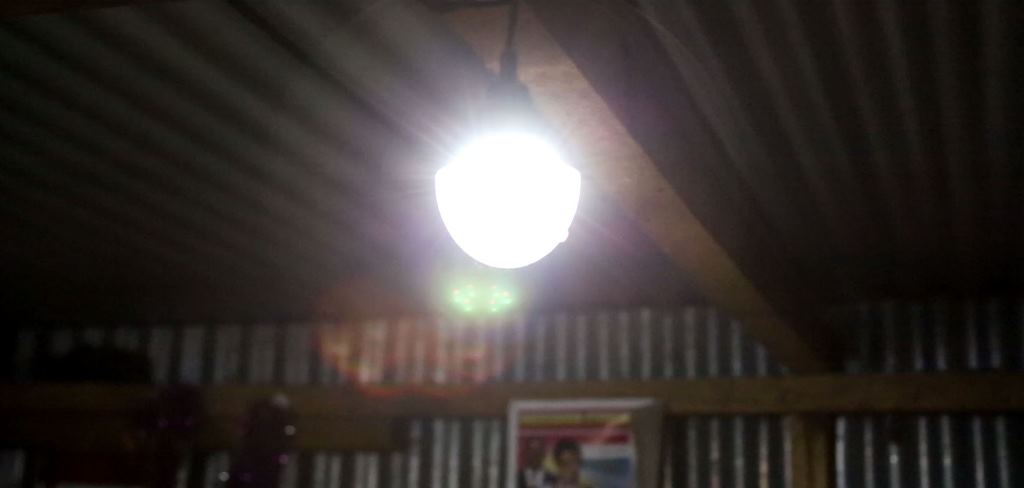Over the past two years, the government of Kenya has set out on an ambitious plan with regards to electrification of both households and public institutions through grid extension, resulting in astronomical jumps in connectivity of both schools and households.
As of June 2016, the Ministry of Energy and Petroleum (MoEP) reported that 95 per cent of primary schools in Kenya were connected to the grid or had access to electricity through Solar Photovoltaics/Solar PV (a technology in which sunlight is converted into electrical power). There are also plans in store for electrifying secondary schools, market centres and health centres according to the Ministry. The MoEP through the Rural Electrification Authority is also implementing the Last Mile Connectivity project that aims to have universal electricity access in Kenya by 2020, a massive decrease of ten years as laid out in Kenya’s Vision 2030. As of 2016, the connectivity rate in Kenya was being reported by the national utility, Kenya Power, as standing at 63 per cent of the population.
All this progress is admirable and certainly has benefitted many Kenyans, particularly in rural areas. The hastening of the grid extension means that many living in remote areas are accessing electricity faster than they ever could have expected. However, it is not just about number of connections. For instance, Kenya Power has reported that newly installed meters are reading as non-vending due to low consumption by customers, particularly those in rural areas and informal settlements. If customers are connected to the grid but are unable to afford to pay for electricity consequently, then can they really be counted as having access to energy? It is not enough to connect households, the electricity must also be affordable or the connections remain unused.
Companies working in the renewable energy space such as M-Kopa also report instances of people opting for off-grid electricity options even after being connected to the grid. This is not an uncommon story in rural areas, where many households, a few months after being connected to the grid opt for alternative power sources that suit their needs and resource allocation choices better. These options also provide a variety of payment models available, including paying daily or weekly that allows the household more flexibility. The households are also paying to own their gadgets including the panels and devices such as TVs giving them an added asset which makes these options more attractive for many. Exploring off-grid renewable energy options that can operate at household or community level and provide reliable, low-cost electricity is crucial for access to energy for households and communities positioned far away from the grid, or households unable (or unwilling) to pay the costs of grid connectivity.
High focus on electrification can also neglect to address other energy needs such as cooking and water pumping adequately, or the need for energy efficiency in energy use. Failing to address these issues leads to a ripple pool of effects. This includes increased environmental degradation and dire health consequences for those resorting to firewood or charcoal when they lack access to clean energy for cooking. In Kenya 69 per cent of households use biomass for cooking so this is an issue that affects the majority, particularly women and children and especially those living in remote areas. Other socioeconomic aspects resulting from use of traditional biomass such as time poverty in particular for women and children lead to a cycle of poverty. Time poverty means that those who spend the majority of their day searching for firewood for cooking do not have the opportunity to go to school or participate in income-generating activities.
Addressing energy efficiency is also crucial. Kenya’s Sustainable Energy for All Action Agenda does address this concern in detail, including addressing it both for industrial and household use, and biomass cooking. For already-purchased household goods, however, raising awareness of the different options including efficient appliances, improved cookstoves and more is crucial. Providing energy options that address these multifaceted needs must go hand-in-hand with electrification in order for Kenya to provide quality energy access for all its citizens.




